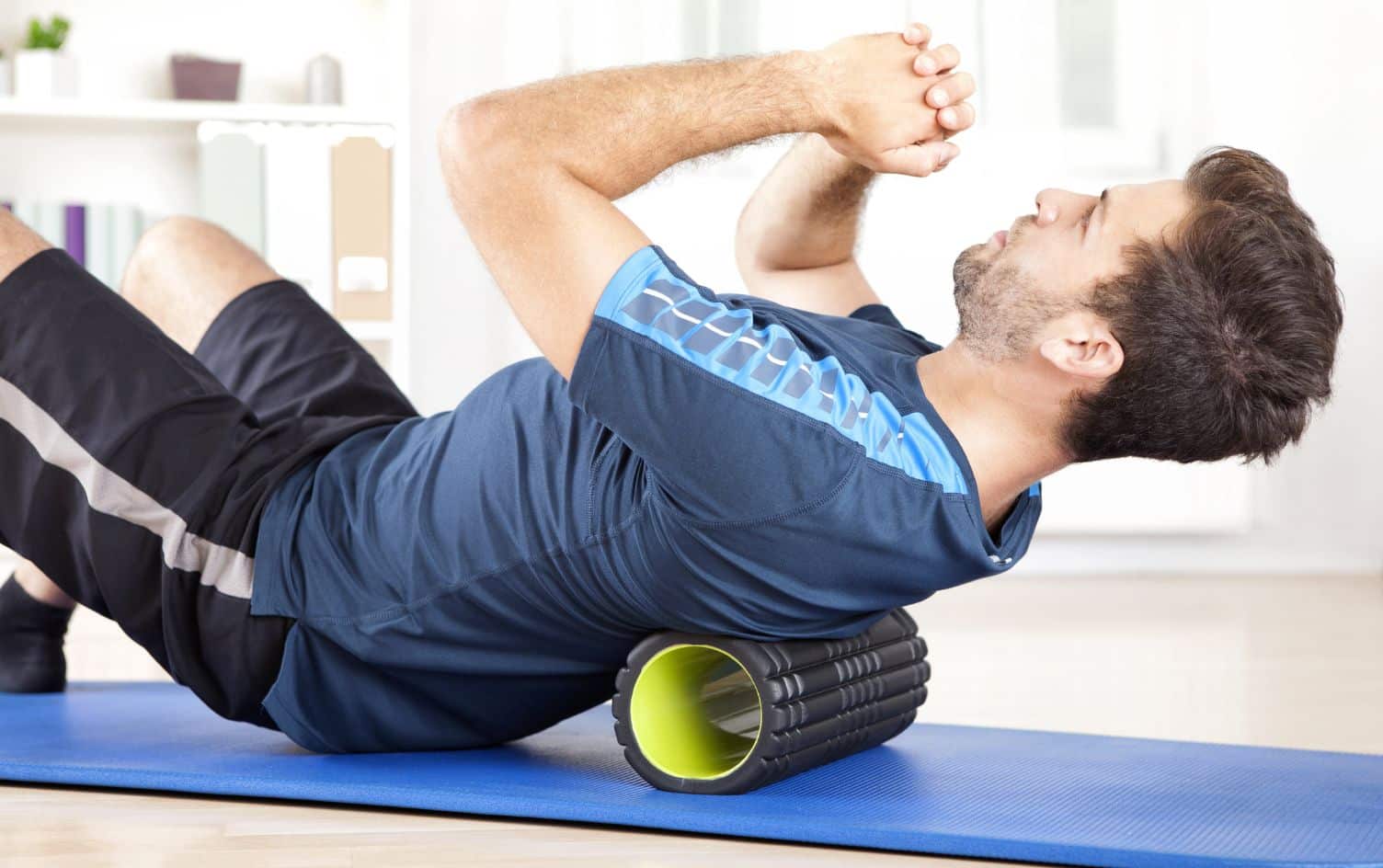Fitness trends come and go, but some ideas about working out seem to stick around forever. At least, that’s how it appears to trainers, who have a tendency to hear the same misconceptions cycle around with every new batch of clients. Here are the top myths about fitness that have way too much staying power — and the real facts that should replace them:

This is one of the most prevalent myths out there, perhaps because it’s so seductive. Ate your weight in hot wings last night? Just spend an extra half hour on the treadmill! But no amount or type of exercise can erase poor eating habits, according to Sydney Benner, an instructor at The Wall, a fitness studio in Los Angeles.
“Your eating has to be on point,” she says. “Nutrition is the majority of what your body looks and feels like. Working out is essential to the strength and health of your body, but we have to continue to pair that with good eating habits, including good, whole foods.”
READ MORE > ESSENTIAL GUIDE TO HEALTHY EATING

High-intensity interval training is an incredibly effective workout and a leading fitness trend, but jumping into it without some type of foundation is likely to be a road to injury, believes Jess King, a trainer, coach and founder of HIIT-inspired workout TNL 58.
“On a purely physical level, high-intensity workouts need to be incorporated wisely to prevent injury and achieve lasting and maintainable results,” she says. “A long-term approach to training and being mindful of your body’s strengths and weaknesses is essential to becoming your most fit self.”
She suggests lower-intensity workouts like walking to build that foundation and then incorporating a variety of workouts of different intensities to prevent the “HIIT burnout” syndrome.

If you’ve figured out how to target certain parts of your body and selectively burn off fat, then congratulations — you’re the first. Yet this myth still persists, says movement coach Kait Hurley, driven in part by magazine articles that insist doing 100 crunches a day will give you flat abs, or that triceps isolation actually works.
“It’s just not real,” she says. “You need to work your body as a whole to get the results you want.” For example, she points out, your core is made up of more than 40 muscles, including your glutes, abs, hip flexors and back muscles. They all work together to balance and strengthen your body.
“If you do a zillion crunches, you will feel the burn, but you won’t create any meaningful change unless you also do full-body moves like squats, jumping jacks, planks and vinyasa flow,” she says. “Those are where the major calorie burn happens.”
READ MORE > ARE ABS WORTH THE HYPE?

Going to the gym three times a week is a good thing. So, it follows that if you double that and go seven times a week, you should see more than twice the results, right? Unfortunately, that math doesn’t add up, says Michael Piermarini, director of fitness for Orangetheory.
“Rest days are crucial to maximize results and should be part of your workout routine, he says. “Your body and mind need time to recover, replenish and refuel, especially after difficult training sessions.”
Working out daily can increase the risk of injury, he adds and even slow your progress when it comes to hitting goals. He advises people to exercise regularly, but to always build in a recovery day or two per week to make sure you’re not losing momentum — and that you’re keeping your body safer for exercise long into the future.




